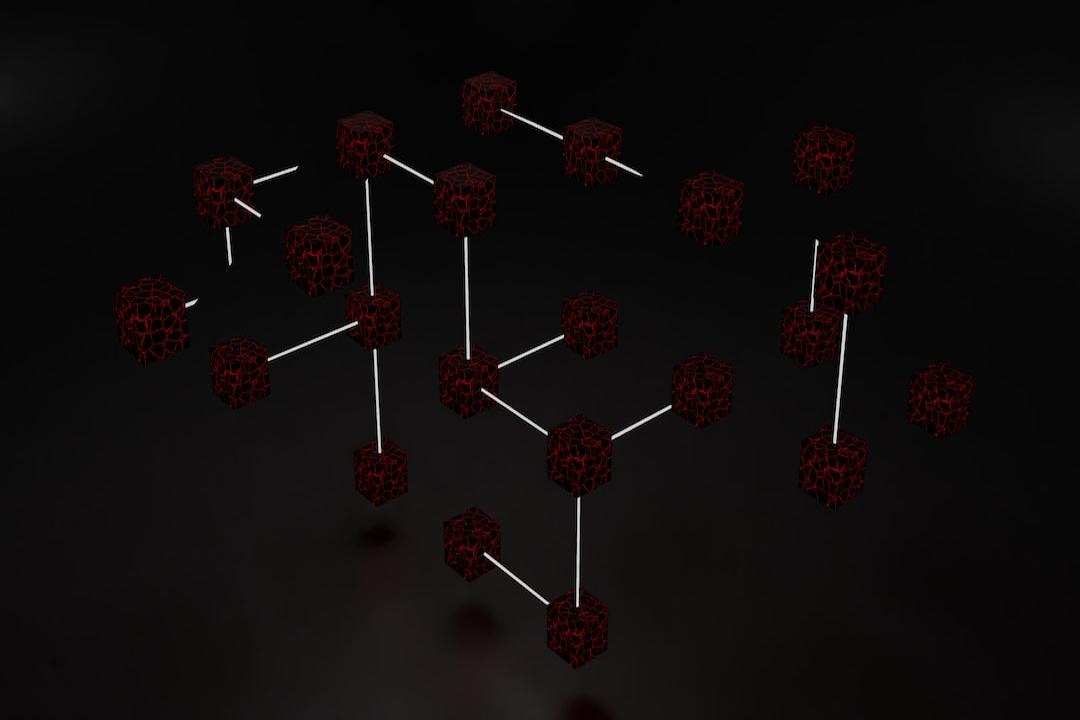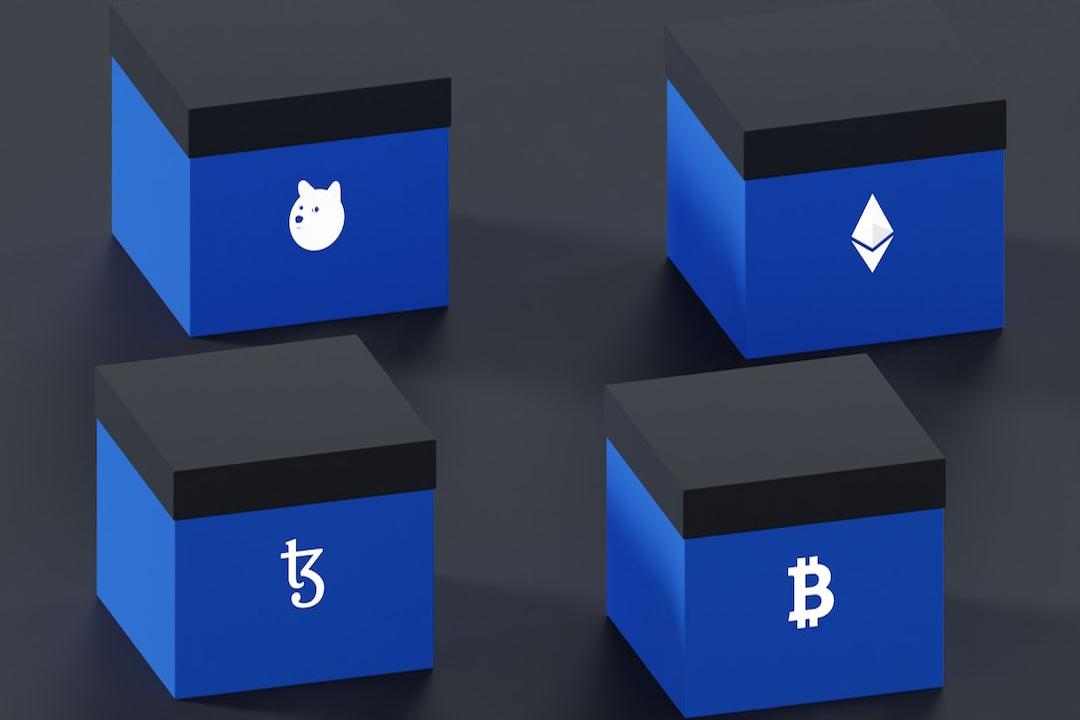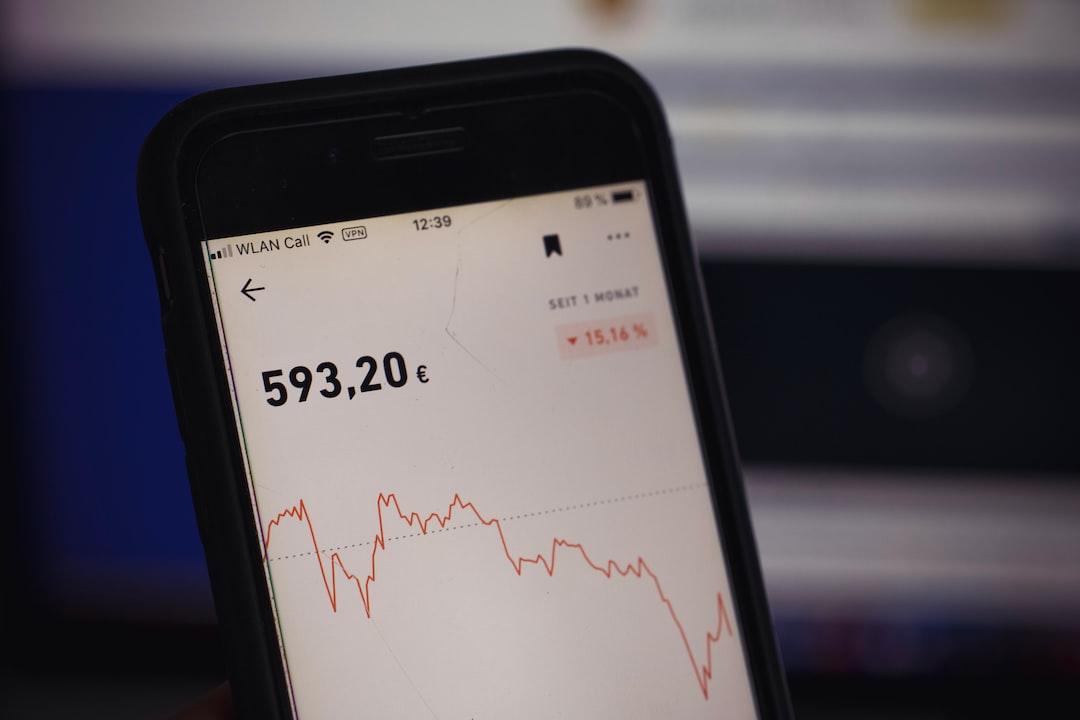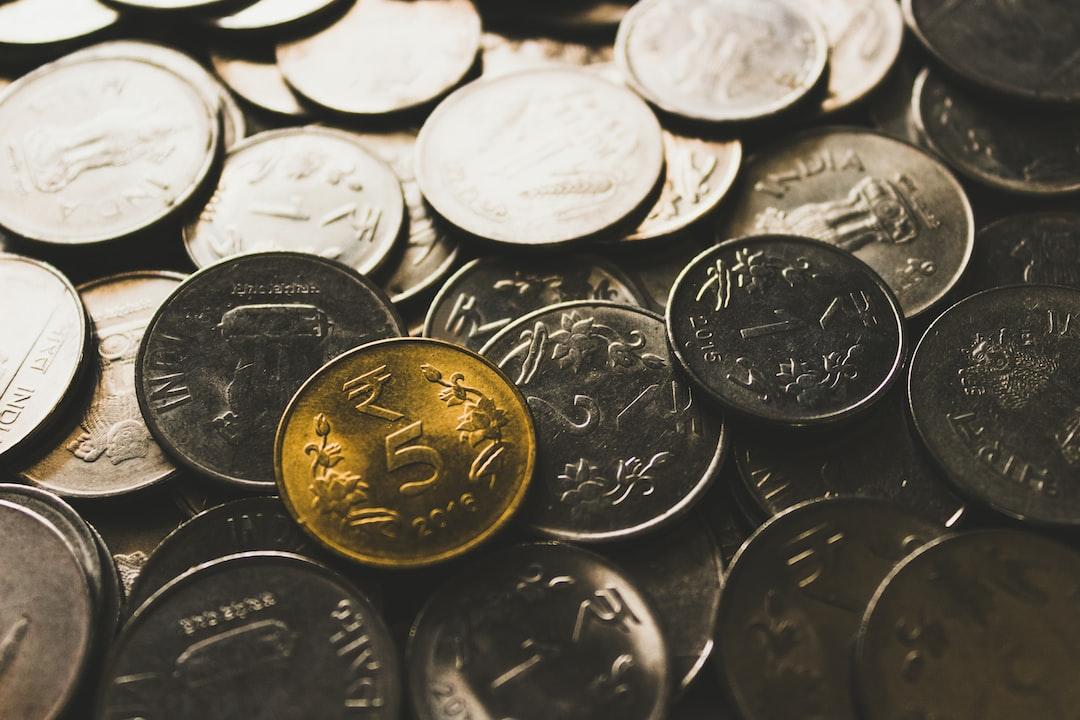Bitcoin Halving Narrative: 5 Major Projects to Watch in 2024
For both newcomers and veterans in the cryptocurrency market, the Bitcoin halving narrative is a fairly easy narrative to understand. The year 2024 holds great importance for the Bitcoin ecosystem, so this article will take stock of five major projects that will allow you to get ahead in the Bitcoin ecosystem.
Table of Contents:
Merlin Chain – Unlocking Staked Assets
Stacks – Nakamoto Upgrade
B2 Network – Mainnet Launch
BounceBit – Mainnet Launch
Runes – Mainnet Launch and Large-scale Airdrop
2024 will be an eventful year for Bitcoin and its ecosystem.
Since last year, the Bitcoin ecosystem has been set in motion. In January of this year, the approval of Bitcoin spot ETF injected confidence into the market. This month, the price of BTC surpassed the $70,000 mark, instilling confidence in the historical trend of price increase during the halving. In 23 days (expected on April 21), the halving will reduce the block reward from 6.25 BTC to 3.125 BTC, triggering a demand shock.
While Bitcoin garners attention due to the halving, its ecosystem projects may benefit from the overflow of value. A group of high-quality projects are closely monitoring the opportunities presented by the halving, releasing major updates and gaining momentum.
This article will take stock of the popular projects in the Bitcoin ecosystem and their recent actions, so that readers can get ahead and seize opportunities.
Merlin Chain, a popular Bitcoin Layer 2 project, reached a total value locked (TVL) of over $3 billion in March.
On February 28, Merlin Chain launched the Merlin’s Seal staking event, allowing users to accumulate M tokens, the governance token of Merlin Chain, by staking various assets. The rewards for this staking event, the Merlin Chain governance token (MERL), account for 20% of the total supply, making it the highest staking reward among all Layer 2 projects.
On March 19, Merlin Chain announced the official launch of M-Token, a token generated by users staking assets on Merlin Chain. M-Token is used to experience products, interact with protocols, and enhance asset utilization within the Merlin Chain ecosystem. The assets staked by participants in the Merlin’s Seal event are expected to be unlocked in April. Users can unlock the original staked assets by redeeming the corresponding M-Tokens at a 1:1 ratio.
According to official sources, MERL tokens are planned to be released before the halving in April.
Stacks is a smart contract layer on Bitcoin, with its initial version launched in 2021 and backed by long-term top-tier capital support. The community has always been built with a long-term perspective. With continuous accumulation, the Stacks ecosystem has started to flourish, with TVL increasing month by month, reaching a peak of over $170 million according to DefiLama data.
The most exciting news for Stacks this year is the Nakamoto upgrade. After the upgrade, Stacks will significantly increase its speed, reducing block time to 5 seconds (currently around 10 to 30 minutes) and supporting sBTC.
Stacks opened the Nakamoto testnet to the public on March 26. Muneeb Ali, co-founder of Stacks, previously stated that the Stacks Nakamoto upgrade will begin rolling out between April 15 and 29. The required guidance contracts for the Nakamoto upgrade are ready.
The Nakamoto upgrade, scheduled for Q2, will create faster blocks, further enhance security, and significantly improve the DeFi experience, attracting more liquidity.
B2 Network is a Layer 2 solution on Bitcoin that utilizes zero-knowledge proof to submit commitments to the Bitcoin network, allowing challengers to initiate fraud proofs to ensure the security of B2 Network using the powerful consensus of the Bitcoin network. Leading investors such as HashKey Capital, OKX Venture, and Waterdrop Capital have explicitly stated that 10% of the tokens will be used to incentivize early adopters, with 5% as mining rewards and the other 5% distributed through airdrops.
In early February, B2 Network launched the B2 Buzz user incentive program. Users could deposit assets within the three days before the mainnet launch to acquire parts of mining machines, which could be used to mine the native token B2. During the event, all funds were managed securely through multi-signature methods. According to official information, part production will end on March 31. Bridge assets can be withdrawn back to the first-layer network by April 2024.
The mainnet is expected to launch on April 3.

BounceBit is a DeFi solution designed specifically for the Bitcoin ecosystem, powered by AUCTION and based on BTCB. This solution adopts an asset-centric strategy, with BTCB as the core asset. BTCB is a BEP 2/BEP 20 asset pegged to Bitcoin at a 1:1 ratio and locked on the Bitcoin blockchain. By leveraging Binance’s extensive user base and intuitive design of the BNB chain, BounceBit significantly lowers the adoption threshold for users. This approach opens up easier access for broader participation and investment in the crypto ecosystem.
BounceBit plans to launch its testnet in March, followed by the mainnet on April 23. In May, it will conduct an airdrop and open BounceBit point redemption and asset withdrawal functions.

Runes, also known as Bitcoin Runes, is a proposal by Casey Rodamor, the creator of the Ordinals protocol. Runes aims to provide a user-friendly, UTXO-based alternative for existing tokenization protocols such as Ordinals, ORC-20, BRC-20, and Stamps. Runes are unique and fungible tokens that exist on the Bitcoin blockchain. They are designed to represent replaceable assets with unique characteristics and metadata.
Previously, Casey announced at the Taipei Blockchain Week event that the Runes protocol mainnet will go live at Bitcoin block height 840,000, which is estimated to be in late April. Interestingly, this may be a prelude to generate hype before the mainnet launch. On March 26, Casey posted on the X platform, stating that if the Runes ecosystem does not reach a market capitalization of $1 billion within the first month of its launch, he is prepared to commit seppuku, sparking discussion among netizens.

Projects in the Runes ecosystem are also capitalizing on the momentum and aiming to generate excitement. The Runes Chinese community has listed a few projects worth paying attention to. Here, we introduce two popular ones:
List link:
https://twitter.com/RunesCN/status/1768177337261297808
· Runecoin (@rune_coin)
A large-scale airdrop of RSIC, holding RSIC will receive token rewards. It has a significant trading volume.
· Runestone 符文石(@LeonidasNFT)
Recently gaining popularity, a large-scale airdrop is imminent.
On March 9, the largest Ordinals Runestone was successfully auctioned for 8 BTC ($544,713). Its creator, Leonidas, a well-known figure in the Ordinals community, stated, “All proceeds from the auction, along with the 2.25 BTC previously raised through Twitter fundraising, will be used to cover the network fees for the Runestone airdrop program, the largest-scale Ordinals airdrop in history, will soon begin.”
The highly anticipated Bitcoin halving is approaching. At this juncture, who will reignite the heat in the BTC ecosystem is worth continuous attention.
Related Reports
M6 Report: How does the Bitcoin halving affect the market? What opportunities are there in the BTC ecosystem?
Ultimate Guide to the 2024 Bitcoin Halving: When? What should I pay attention to? Impact on price and miners.

